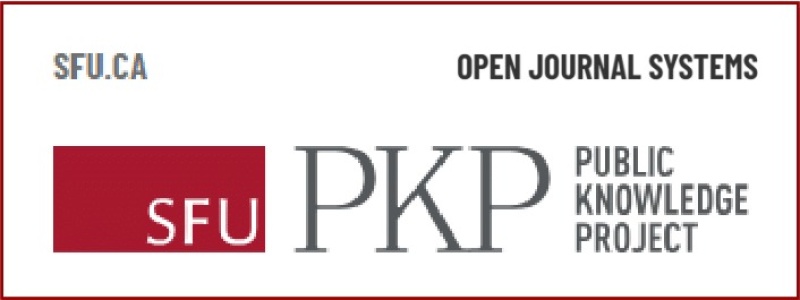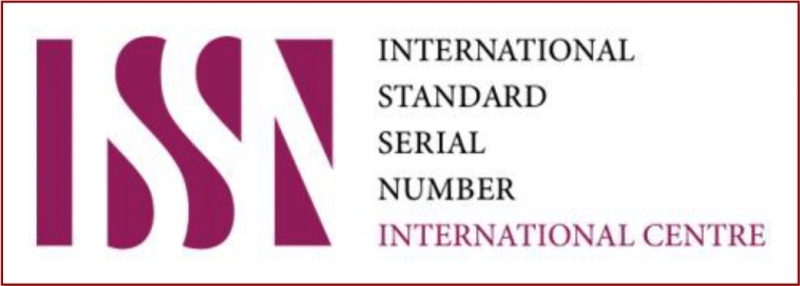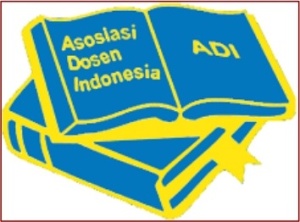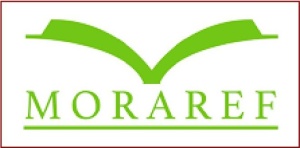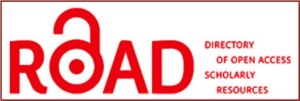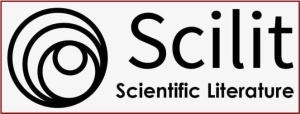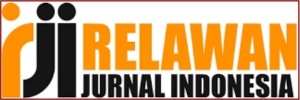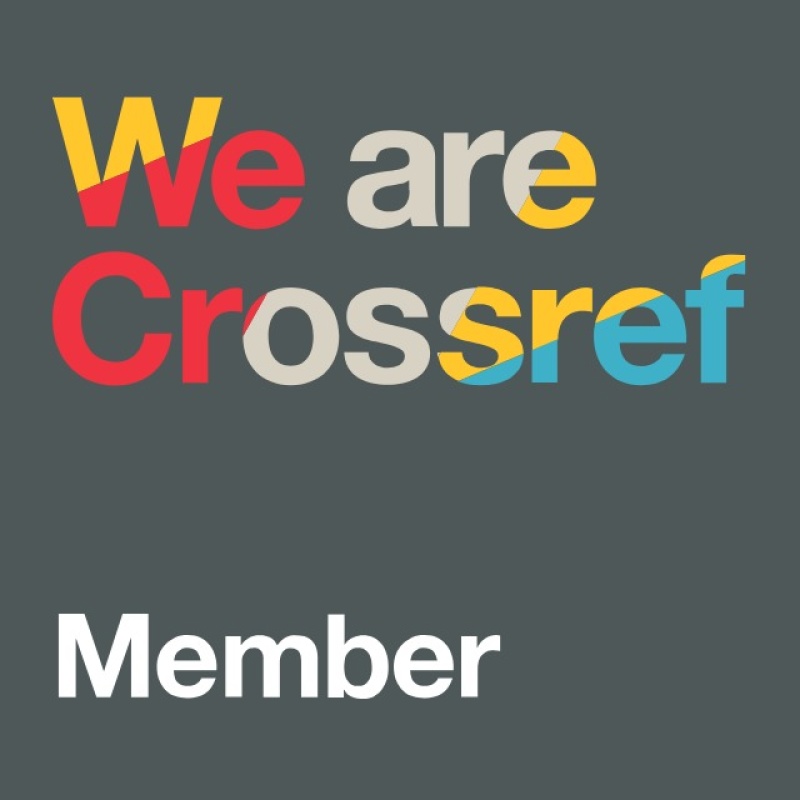Strategi Komunikasi Stakeholder dalam Pengembangan Wisata Berbasis Alam dan Budaya di Pantai Kuta Mandalika Provinsi Nusa Tenggara Barat
DOI:
https://doi.org/10.36312/ejiip.v3i1.149Keywords:
Ecotourism, Communication, Nature, Culture.Abstract
Landscape development for ecotourism potential is one of the focuses of the National Development Planning Agency through the Indonesian Biodiversity Strategy and Action Plan program. Currently, the tourism sector has the potential to contribute to the country's foreign exchange, like other ASEAN countries, where the tourism sector has contributed more than 10% of the country's foreign exchange. In Indonesia, the contribution of the tourism sector is still below 10%. Bali Province has become a favorite tourist destination, both for domestic and foreign tourists. However, along with the progress of modernity, the capacity of the Province of Bali has become very vulnerable, so that the development of tourism on the island of Bali can be directed to the island of Lombok, West Nusa Tenggara Province. One of the potential areas to be developed is the Mandalika Special Economic Zone (SEZ), which is not too far from Zainuddin Abdul Majid International Airport (ZAMIA), making Mandalika have easy access for tourists. The development of new ecotourism areas requires scientific studies to identify the potential and social conditions of the local community. This study aims to explore the tourism potential based on the nature and culture of the people of Kuta Mandalika, as well as develop development and marketing strategies.
Downloads
References
Dowling, R. K., & Fannell, D. A. (2003). The Context of Ecotourism Policy and Planning. Cambridge. CABI Publishing.
Effendy, O. U. (2006). Komunikasi Teori dan Praktek. Bandung: PT. Remaja Rosdakarya.
______. (2009). Komunikasi Teori dan Praktek. Bandung: PT. Remaja Rosdakarya.
Handayani, F., & Warsono, H. (2017). Analisis Peran Stakeholders dalam Pengembangan Objek Wisata Pantai Karang Jahe di Kabupaten Rembang. Journal of Public Policy and Management UNDIP, 6(1), 1-13. https://doi.org/10.14710/jppmr.v6i3.16543
Kurniasih, D. (2017). Collaborative Governance dalam Penguatan Kelembagaan Program Sanitasi Lingkungan Berbasis Masyarakat (SLBM) di Kabupaten Banyumas. Sosiohumaniora: Jurnal Ilmu-ilmu Sosial dan Humaniora, 19(1), 1-7. https://doi.org/10.24198/sosiohumaniora.v19i1.7888
Peraturan Menteri Dalam Negeri Nomor 33 Tahun 2009 tentang Pedoman Pengembangan Ekowisata di Daerah. 2009. Jakarta: Departemen Dalam Negeri.
Sastrayuda, G. S. (2010). Strategi Pengembangan dan Pengelolaan Resort and Lesure. Handout. Universitas Pendidikan Indonesia.
Stephen, L. (2009). Teori Komunikasi (Theories of Human Communication). Jakarta: Salemba Humanika.
Sujarwo, W. (2016). Rural Entrepreneurship: Local Economic Development. Ghana: Technical Report, Bird Knust, and CDI Wageningen.
______. (2017). Forest-Based Eco-Tourism Management. Thailand: Technical Report, The Royal Forest Department.
Sujarwo, W., Bunyi, J. M., Dashnyam, O., Llanos, E. P., & Ore, E. P. (2011). Tourism Potential Assessment in the Watershed Area of the Wilde and Rote Weiberitz. Dresden: Technical Report, CIPSEM.
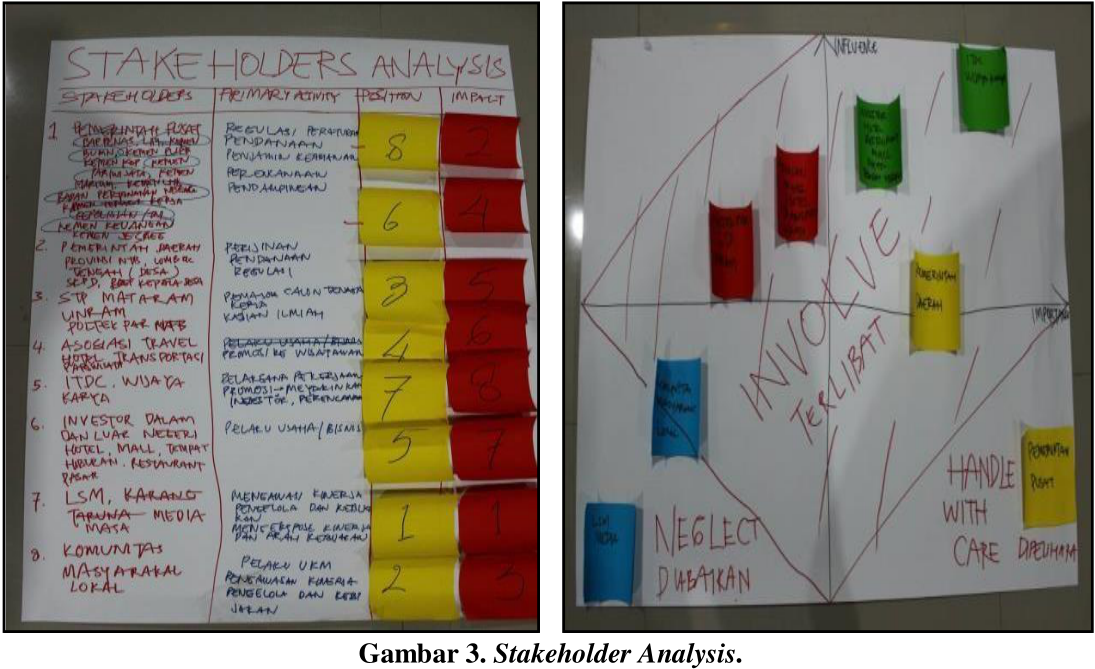
Downloads
Published
How to Cite
Issue
Section
License
Copyright (c) 2023 Sami’un & Supratman

This work is licensed under a Creative Commons Attribution-ShareAlike 4.0 International License.
-
Attribution — You must give appropriate credit, provide a link to the license, and indicate if changes were made. You may do so in any reasonable manner, but not in any way that suggests the licensor endorses you or your use.
-
ShareAlike — If you remix, transform, or build upon the material, you must distribute your contributions under the same license as the original.

